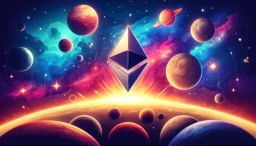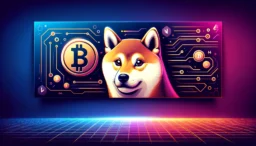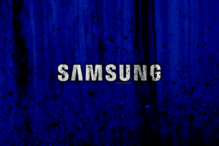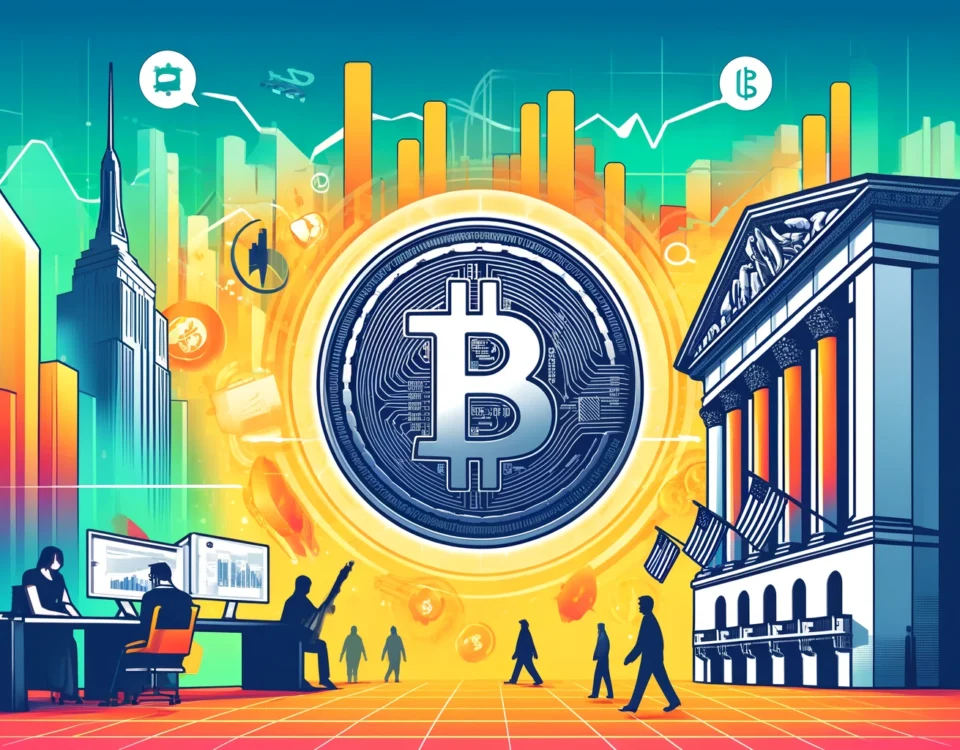
Shiba Inu (SHIB) Gains Bullish Momentum Amid Market Consolidation
29/05/2024
Notcoin (NOT) Rallies 28% in 24 Hours Despite Market Downturn
30/05/2024New York Stock Exchange Partners with CoinDesk for Bitcoin Options Tracking
The New York Stock Exchange (NYSE) has announced a significant partnership with CoinDesk Market Indexes to introduce products that track Bitcoin prices. This collaboration aims to launch a cash-settled index, paving the way for options trading linked to Bitcoin. This initiative will benefit traditional traders and investors who utilize the CoinDesk Bitcoin Price Index (XBX), the longest-operating spot Bitcoin (BTC) index.

Details of the Collaboration
Jon Herrick, Chief Product Officer at the NYSE, expressed enthusiasm about the partnership in a press release: “As traditional institutions and everyday investors are demonstrating their wide-ranging enthusiasm for the recent approval of spot Bitcoin ETFs, the New York Stock Exchange is excited to announce its collaboration with CoinDesk Indices. Upon regulatory approval, these options contracts will offer investors access to an important liquid and transparent risk-management tool.”
The XBX index currently monitors the real-time spot price of Bitcoin in U.S. dollars across multiple cryptocurrency exchanges. The NYSE, known as the world’s largest stock exchange with a market capitalization of about $39 trillion, aims to leverage this index for broader financial instruments.
Significance of the Partnership
This collaboration comes amid a wave of positive sentiment towards Bitcoin, particularly following the recent approval of a spot Bitcoin ETF earlier this year. The move signals the NYSE’s intention to integrate more deeply with the growing cryptocurrency market.
A spot Bitcoin ETF allows general investors to gain exposure to Bitcoin without the need to directly purchase and store the cryptocurrency. This can be done through their regular brokerage accounts, offering higher liquidity and easier trading during traditional market hours.
Benefits for Investors
The partnership between NYSE and XBX will enable investors to trade cash-settled options on Bitcoin. These options contracts will allow investors to hedge or speculate on Bitcoin price movements without the need to hold the cryptocurrency directly. This is particularly advantageous for traditional Wall Street traders, who can now engage with Bitcoin through conventional indexes without needing new financial instruments or accounts. This simplifies the process for managing risk and executing advanced trading strategies.
Broader Market Impact
The introduction of these new financial products underscores the growing acceptance and integration of Bitcoin within traditional financial markets. By providing a regulated and familiar environment for trading Bitcoin options, the NYSE is making it easier for institutional and individual investors to participate in the cryptocurrency market.
Conclusion
The NYSE’s collaboration with CoinDesk Market Indexes marks a significant step in bridging the gap between traditional finance and the burgeoning cryptocurrency market. By offering cash-settled options on Bitcoin, the NYSE is providing a new, accessible avenue for investors to engage with Bitcoin, enhancing liquidity and offering robust risk management tools. As the regulatory environment continues to evolve, this partnership highlights the increasing mainstream acceptance and adoption of Bitcoin and other digital assets in the global financial system.
Links:
-

What is Blockchain
-

Ethereum Foundation to Implement Conflict of Interest Policy Following EigenLayer Controversy
-

Shiba Inu Whales Stock Up on 30 Trillion SHIB Amid Price Slump




